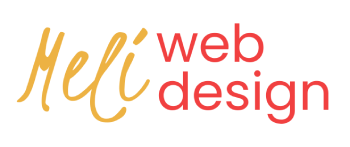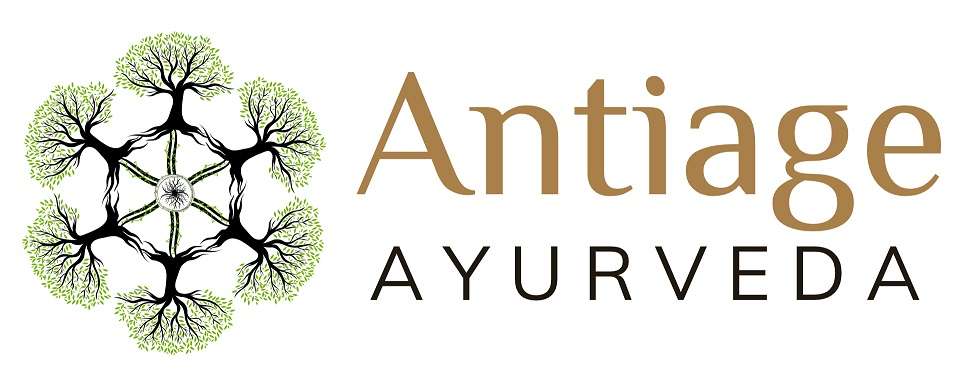Logo design and color palette that fits your brand idea and vision
A logo is a fundamental part of any brand’s identity, and the colors you choose for your logo design can have a huge impact on how customers view your brand. Choosing the right color palette can be a complex and challenging task, but it doesn’t have to be.
With a little research and an understanding of how color impacts psychology, ‘logo design’ can help you create the best color palette for your brand.
When it comes to crafting the perfect look for your brand, color is king. [‘Color’, ‘palette’] is a key element in how potential customers perceive your company and its products.
Nailing down colors is essential to creating a striking visual identity. But how do you go about selecting the right hues? Here’s a simple two-step process to get you going in the right direction.
Define Brand Aesthetics
Logo and design are integral components of any successful brand – but the perfect color selection is essential for setting the right tone. Defining your brand’s aesthetic is the first step in creating a standout look.
From muted, earthy tones to bold, vibrant shades, a well-thought-out color palette can convey your brand’s message with just one glance.

Select Color Scheme
Crafting the perfect selection of colors for your brand’s webdesign is an art. To ensure a harmonious and aesthetically pleasing choice, consider selecting a monochromatic or analogous color scheme.
Then, experiment with shades, tints and tones to find the most vibrant and attention-grabbing blend for your brand. With a little exploration and experimentation, you can create a color palette that perfectly captures the spirit of your brand.
Final Thoughts
In conclusion, finding the right color palette for your brand should be taken seriously and with meticulous thought. You want to make the right impression, and the right colors can help you do that.
Experiment, get creative and see what works best for you – there’s no one-size-fits-all solution. Don’t be afraid to try out a few different combinations and consider how your audience will respond emotionally to each.
With a little bit of trial and error, you can discover what works for you and create a truly stunning palette for your brand.
Work examples of logos and color palettes
Check out some of my work examples. For more info, you can Contact me by filling in the contact form.
Web design projects with color palette
Wanna know how the final results look like? Scroll through my web design projects and see how color palettes contribute to final look and feel of the website
Need professional help?
If you need help creating a color palette or creating a logo for your brand, you can contact me via the contact form.







